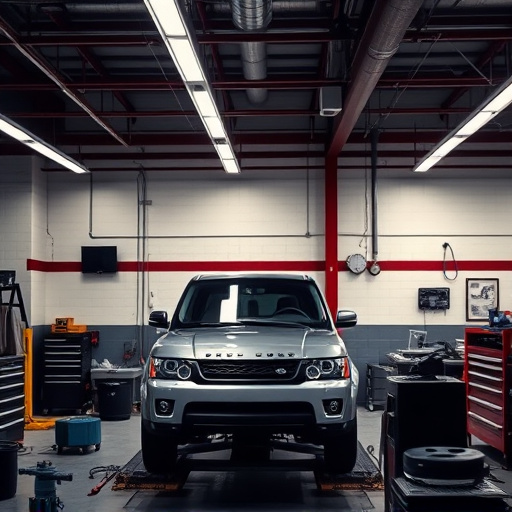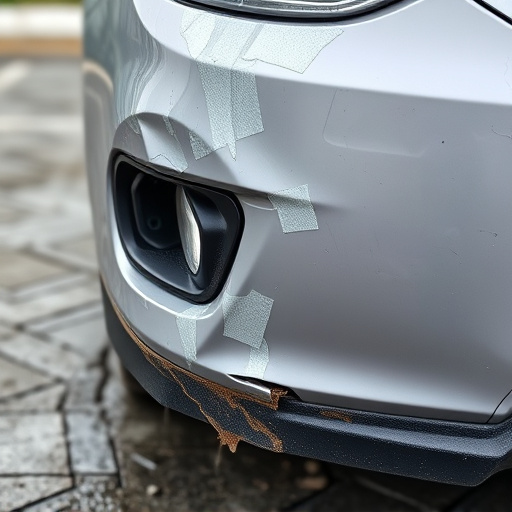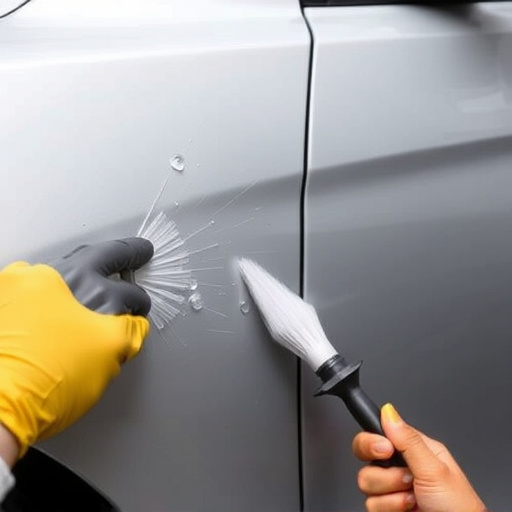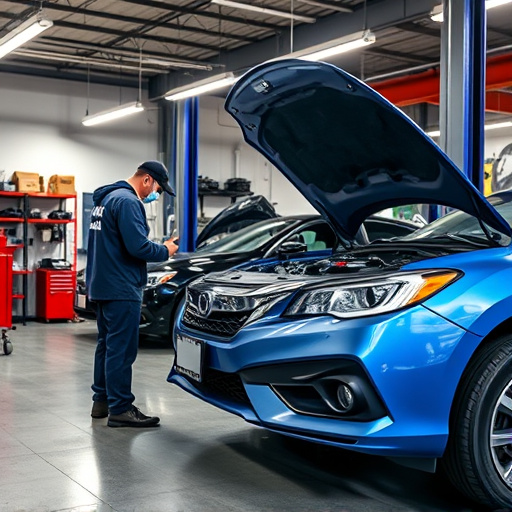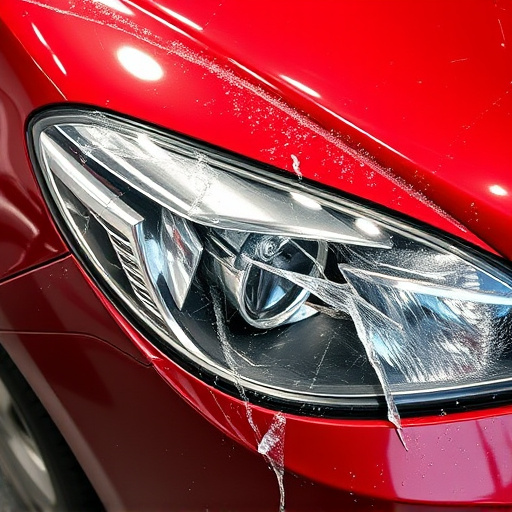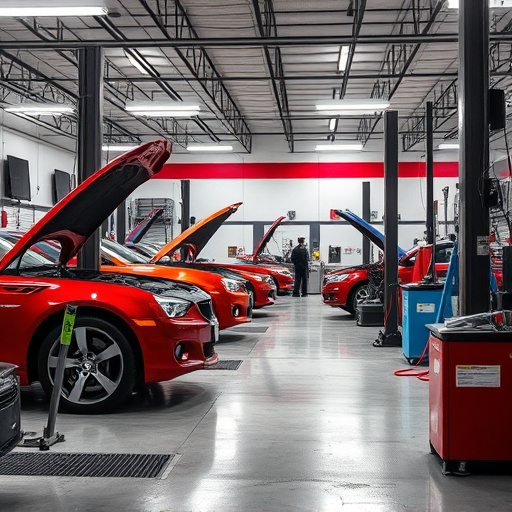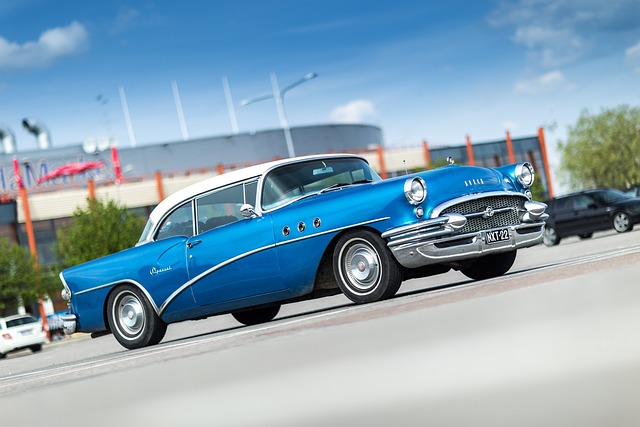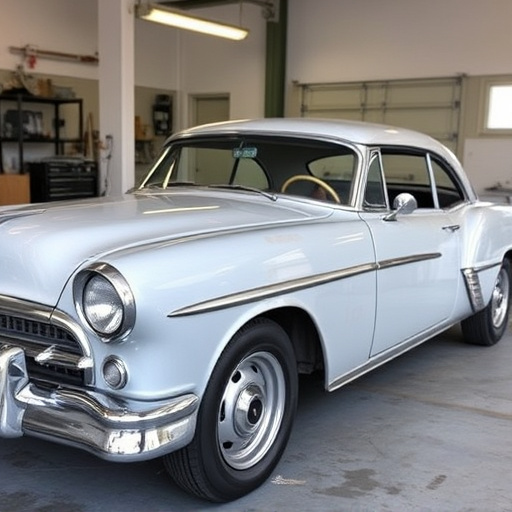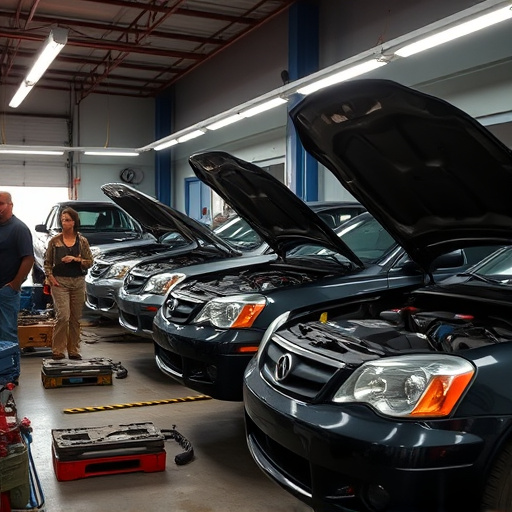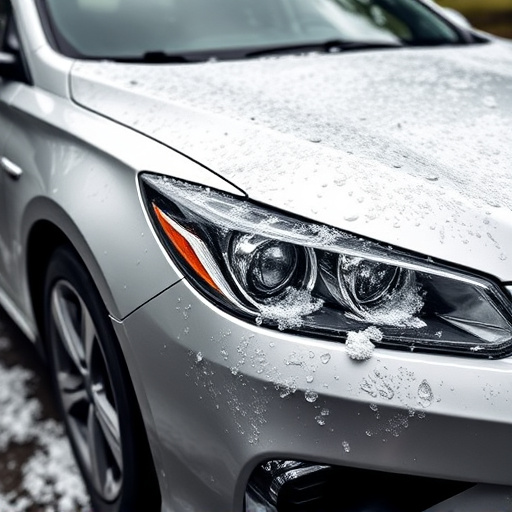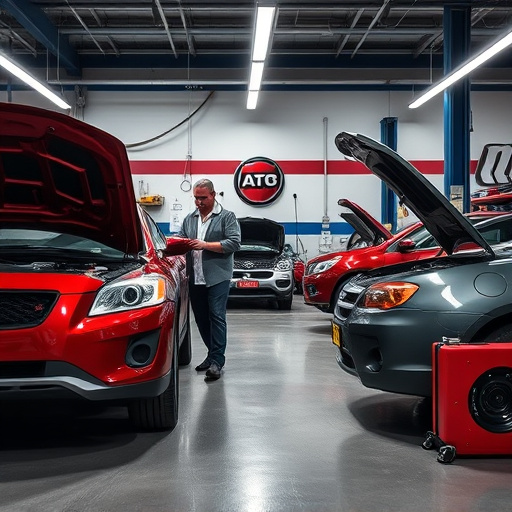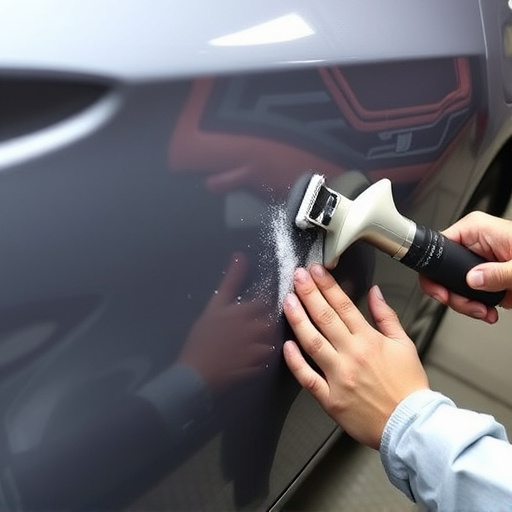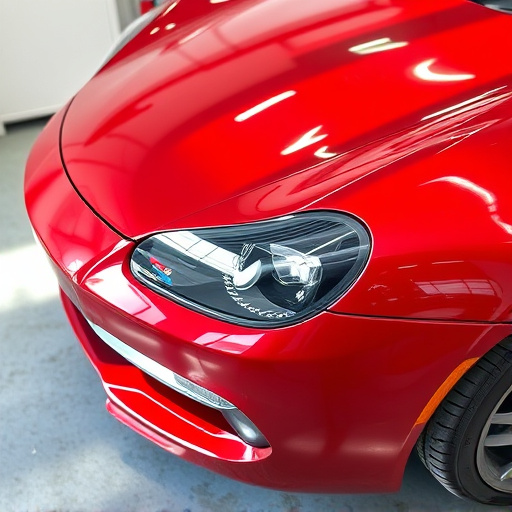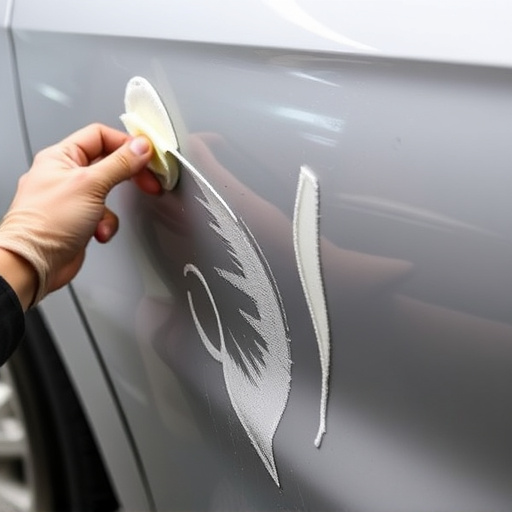Tesla vehicles, renowned for their advanced technology and innovative design, demand meticulous structural integrity repairs to maintain safety and longevity. Aluminum, a key material known for its lightweight properties and corrosion resistance, is extensively used in Tesla frames and body panels. Skilled technicians at qualified car body shops use specialized tools and aluminum expertise to accurately repair damage, from minor fender benders to severe accidents, ensuring your Tesla remains a testament to cutting-edge automotive engineering. The meticulous process includes thorough inspection, surface preparation, advanced welding or bonding, shaping and finishing, and protective coats, all aimed at restoring structural integrity without compromising aesthetics or performance.
“Uncover revolutionary approaches to Tesla structural integrity repair with aluminum techniques. This comprehensive guide delves into the heart of common challenges faced in maintaining these vehicles’ structural integrity. Explore how aluminum, known for its strength and versatility, plays a pivotal role in restoration efforts. From understanding the intricacies of Tesla’s structural design to implementing efficient repair strategies, we provide a step-by-step process. Discover why aluminum techniques are transforming the way we address Tesla structural integrity issues.”
- Understanding Tesla Structural Integrity and Common Repair Challenges
- The Role of Aluminum in Restoring Structural Integrity
- Step-by-Step Guide to Tesla Structural Integrity Repair Using Aluminum Techniques
Understanding Tesla Structural Integrity and Common Repair Challenges
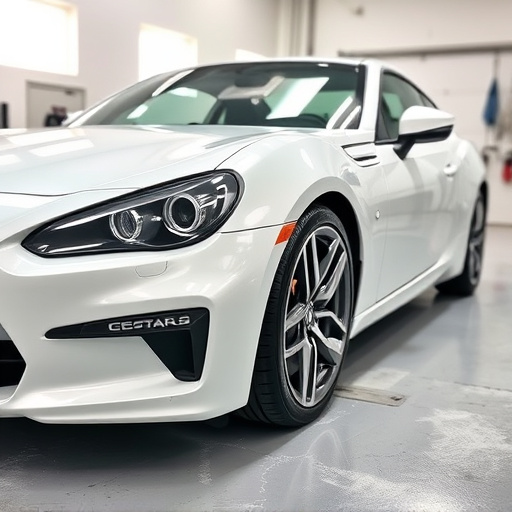
Tesla vehicles are renowned for their cutting-edge technology and innovative design, but like any other car, they require meticulous care to maintain structural integrity. Structural integrity repair involves ensuring that the vehicle’s frame and body panels remain robust and secure, critical for safety and longevity. In the case of Tesla, aluminum is a key material used throughout their vehicles due to its lightweight properties and corrosion resistance.
While Tesla offers advanced framing designs, owners often face challenges when damage occurs – from minor fender benders to more severe accidents. Common issues include bent or deformed panels, compromised welds, and damaged structural components. Finding a qualified car body shop equipped with the right tools and expertise is essential for accurate repairs, especially when using aluminum techniques. These specialized shops employ skilled technicians who understand the unique characteristics of aluminum in order to effectively restore structural integrity without compromising the vehicle’s performance and safety features.
The Role of Aluminum in Restoring Structural Integrity

Aluminum plays a pivotal role in Tesla structural integrity repair due to its exceptional properties. Its lightweight nature significantly reduces vehicle weight, enhancing fuel efficiency and performance—a crucial aspect for electric vehicles like Teslas. Moreover, aluminum is highly resistant to corrosion, making it ideal for repairing and restoring car damage, including dents and other structural issues, without compromising longevity.
In the realm of Tesla structural integrity repair, aluminum techniques offer precision and durability. These methods allow for intricate and precise repairs, ensuring that each vehicle returns to its original state. Whether addressing minor fender benders or more extensive Mercedes Benz repair needs, aluminum’s versatility and strength make it a preferred choice in the industry, contributing to the overall resilience of the vehicle while maintaining a sleek and lightweight design—a key differentiator for modern automobiles.
Step-by-Step Guide to Tesla Structural Integrity Repair Using Aluminum Techniques
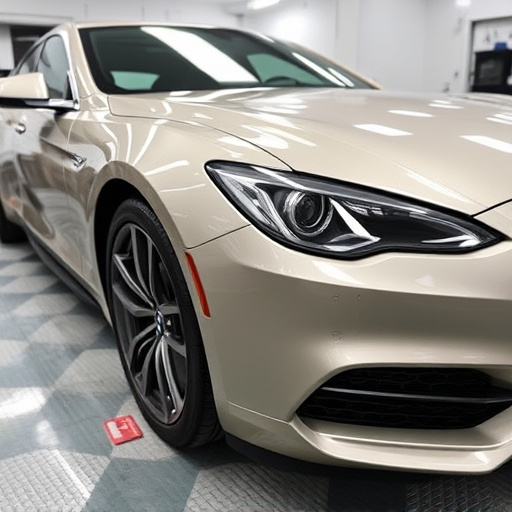
Tesla structural integrity repair is a specialized process that demands precision and expertise. When dealing with aluminum components, a systematic approach ensures the restoration maintains both structural integrity and aesthetic appeal. Here’s a step-by-step guide to achieving this:
1. Inspection: Begin by thoroughly inspecting the damaged area, identifying the extent of the damage, and taking precise measurements. This step is crucial for accurate repair and ensuring the car’s safety.
2. Demolition & Preparation: Carefully remove any debris or damaged parts. Clean the surface with a degreaser to ensure optimal adhesion for subsequent aluminum techniques like welding or bonding.
3. Aluminum Welding/Bonding: Employ state-of-the-art aluminum welding equipment or high-quality bonding agents specific to metal. This step involves carefully joining or adhering the damaged area back together, ensuring structural soundness without compromising aesthetics.
4. Shaping & Finishing: Utilize specialized tools and techniques for shaping the aluminum to match the car’s original contour. This meticulous process ensures a seamless blend with the surrounding body panels, even on classic car restoration projects.
5. Painting & Coating: Finally, apply a protective coat or paint tailored for aluminum to safeguard against corrosion and enhance durability. Consistent finish and color matching are vital for a visually appealing repair that matches the vehicle’s original quality.
These steps form the backbone of Tesla structural integrity repair using aluminum techniques, delivered through professional body shop services.
Tesla vehicles, renowned for their innovative technology and sleek design, require meticulous care when it comes to structural integrity repairs. By employing aluminum techniques, professionals can adeptly address common challenges, ensuring these electric cars maintain their strength and safety standards. This comprehensive guide has illuminated the significance of aluminum in Tesla repairs, providing a practical step-by-step approach for achieving optimal structural integrity. Mastery of these techniques empowers both experts and enthusiasts to effectively care for Tesla vehicles, fostering longevity and performance for this cutting-edge automotive category.
